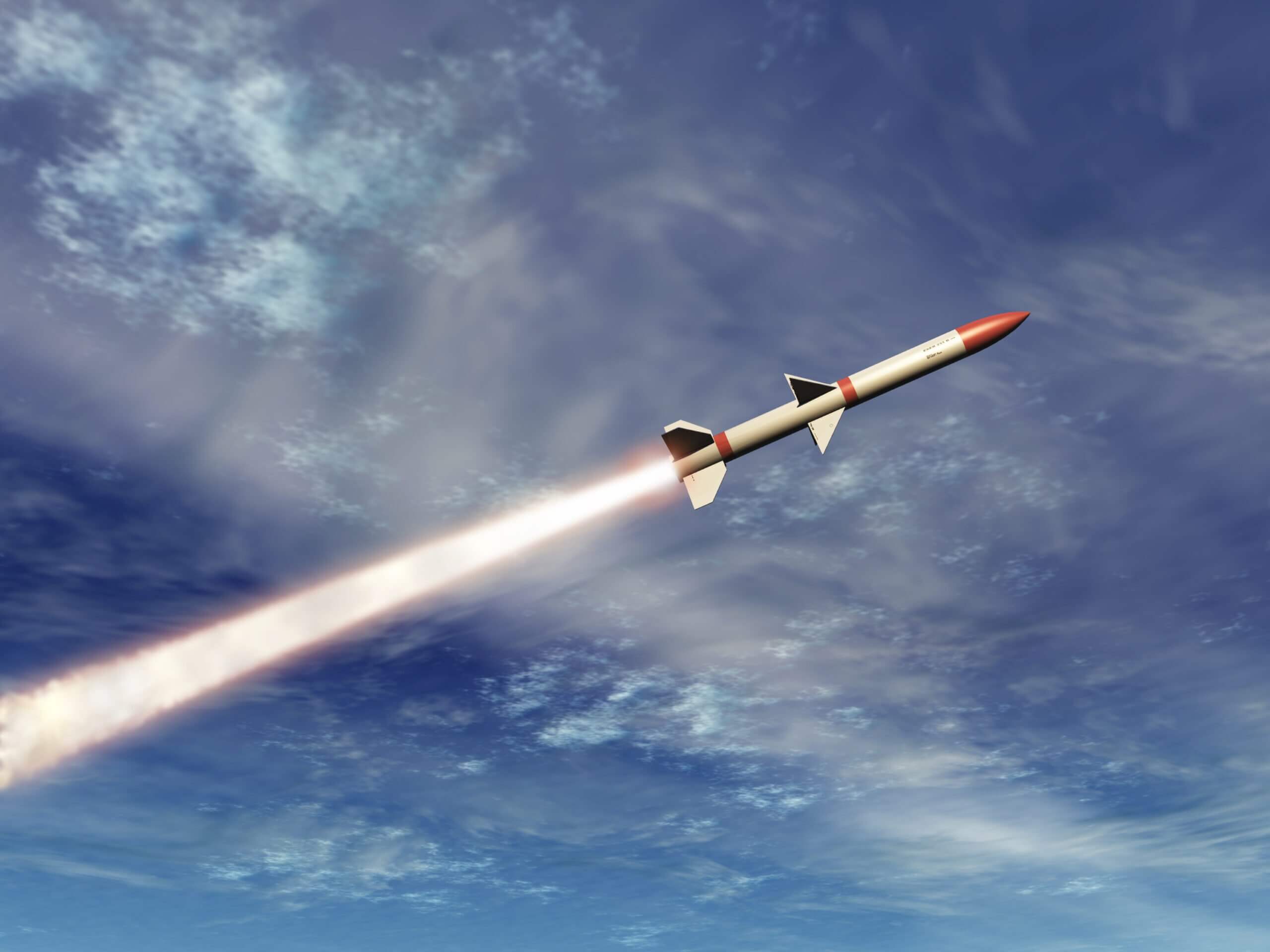
“Australia’s $1.1 Billion Missile Power Move: Unveiling Unstoppable Arsenal Amidst Tensions!”
Australia Invests $1.1 Billion in Guided Missiles Amid Rising Regional Tensions Amid growing concerns about regional security, Australia’s Ministry of Defence has allocated funds to bolster its military capabilities. A significant announcement reveals that the nation will invest A$1.7 billion ($1.1 billion) in acquiring long-range strike missiles, with a substantial portion allocated to A$1.4 billion for Tomahawk missiles and an additional A$431 million for advanced anti-radiation guided extended range missiles (AARGM-ER).
In response to evolving geopolitical dynamics, particularly heightened tensions with China and the complex Indo-Pacific strategic landscape involving the US and China, Australia has reassessed its defense priorities. In addition to the notable investments under the AUKUS partnership for future nuclear submarines, Australia recognizes the critical importance of possessing precise long-range strike capabilities to effectively address emerging threats.
Among these acquisitions, the Tomahawk missile stands out. Capable of flying up to 1500km at low altitudes and sub-sonic speeds, this sea-launched cruise missile is designed to evade radar detection during its trajectory, as confirmed by the CSIS Missile Defense Project.
Australia’s procurement will encompass 200 Tomahawk cruise missiles produced by Raytheon, intended for deployment on the Navy’s Hobart-class air warfare destroyers. These warships mark the first in the Royal Australian Navy to feature the Aegis combat systems for weapon tracking and guidance. The Tomahawks will complement other armaments on the Hobart-class destroyers, including the SM-6 long-range anti-aircraft missile, the Naval Strike Missile replacing the Harpoon system, and the MU90 torpedoes.
Additionally, the AARGM-ER investment will secure 60 missiles for the Royal Australian Air Force, designed for targeting enemy radar systems. These missiles will be integrated into Growler and Super Hornet aircraft and eventually onto F-35A Lightning II fighters. Notably, the extended range of these air-to-surface missiles aligns with the strategy of neutralizing air-defense systems before the aircraft becomes vulnerable, a development by the US that aimed to double its predecessor’s range, according to CSIS.
Furthermore, Australia’s procurement extends to Spike Long-Range 2 anti-tank guided missiles for its Army’s Boxer combat reconnaissance vehicles. Manufactured by Rafael, the Spike LR II missile weapon system is characterized by its 5th generation man-portable design and the utilization of an electro-optical guided capability facilitated by a trailing fiber-optic cable.
The Spike system features an immunity to GPS and radio frequency jamming, offering lock-on after launch firing. The operator can redirect the missile, fire outside the line of sight, or engage in speculative firing. In fire-and-forget mode, the missile autonomously advances toward the target, granting the soldier the flexibility to relocate or prepare for subsequent engagements immediately.
In the midst of mounting regional tensions, Australia’s decision to invest in these guided missiles represents a strategic response to emerging security challenges, further shaping its defense capabilities for the future. The article “Australia Buys $1.1 Billion of Guided Missiles Amid Regional Tensions” was originally published by Naval Technology, a brand owned by GlobalData. The information provided is intended for general informational purposes, and it’s advisable to seek professional or specialist advice before making decisions based on the content.
